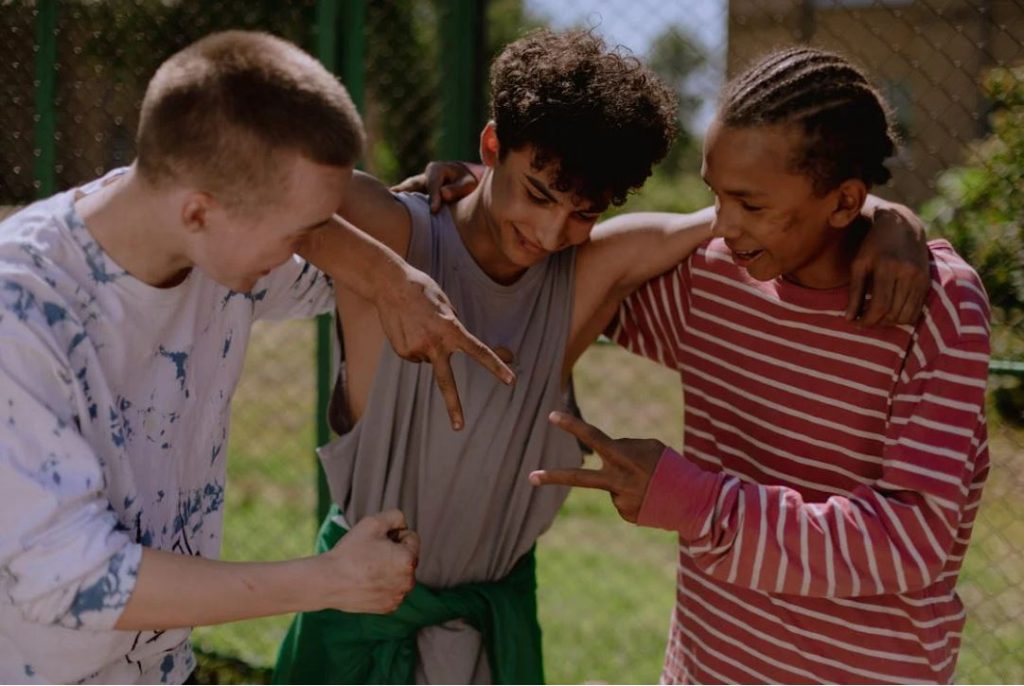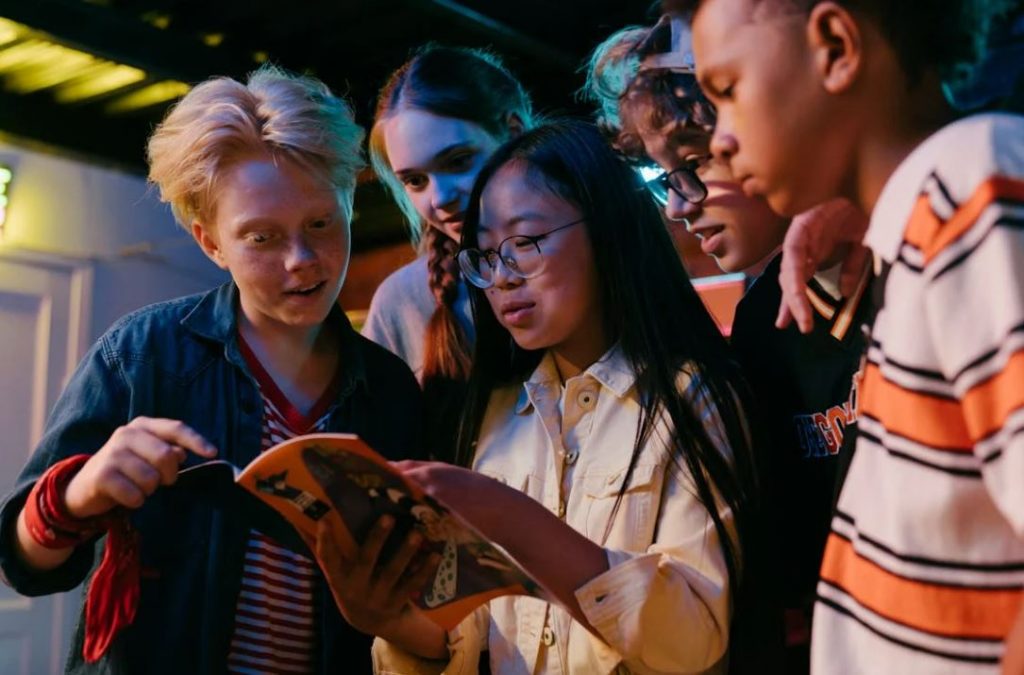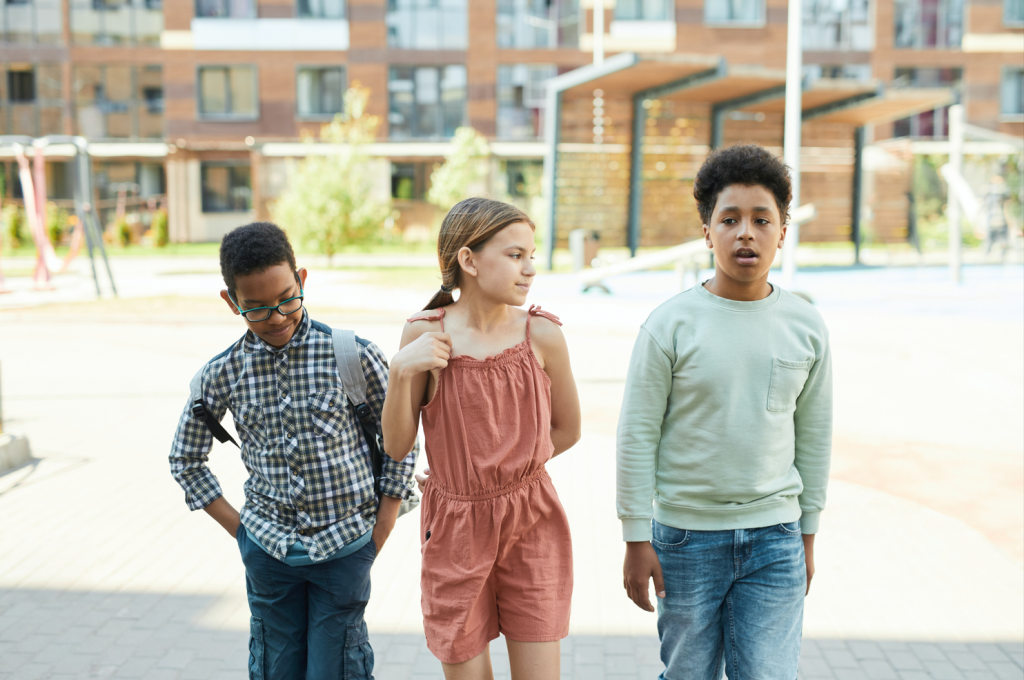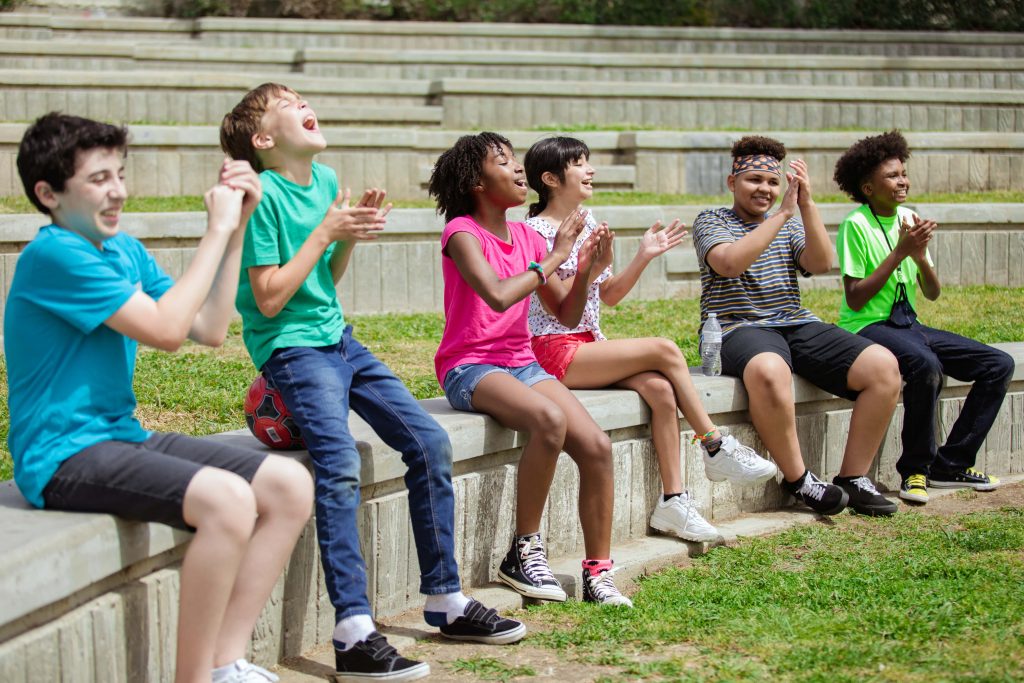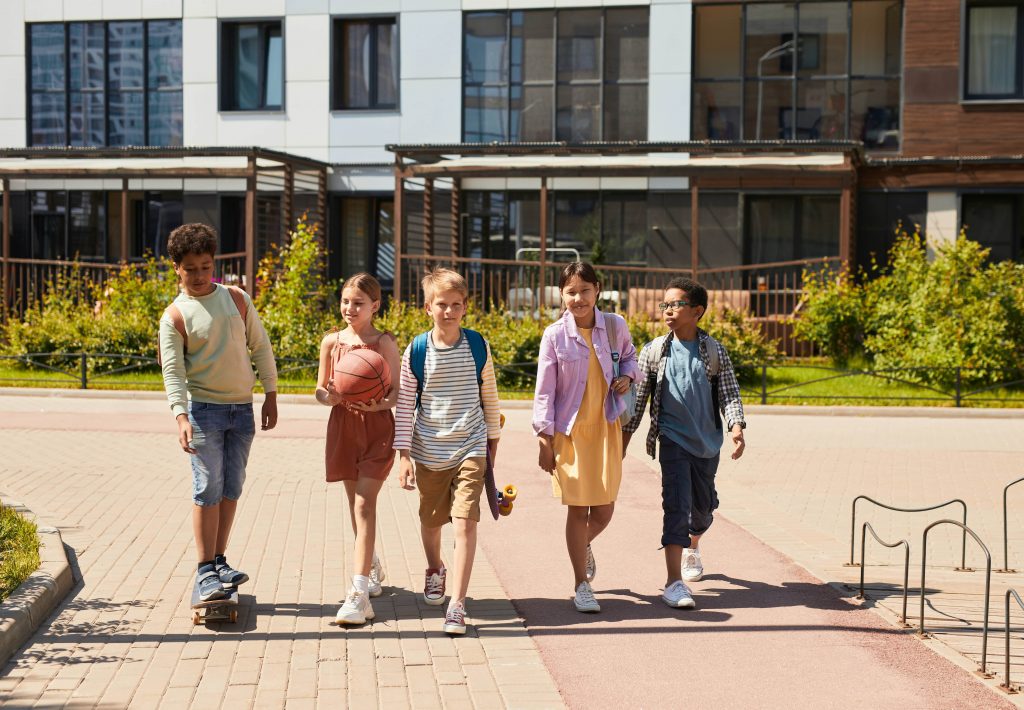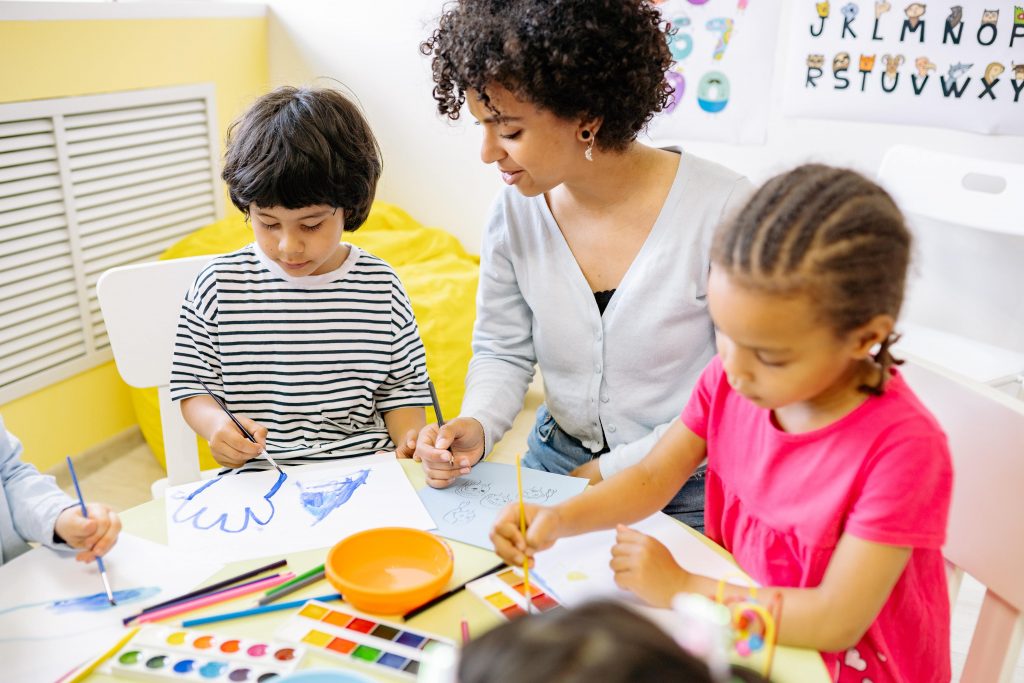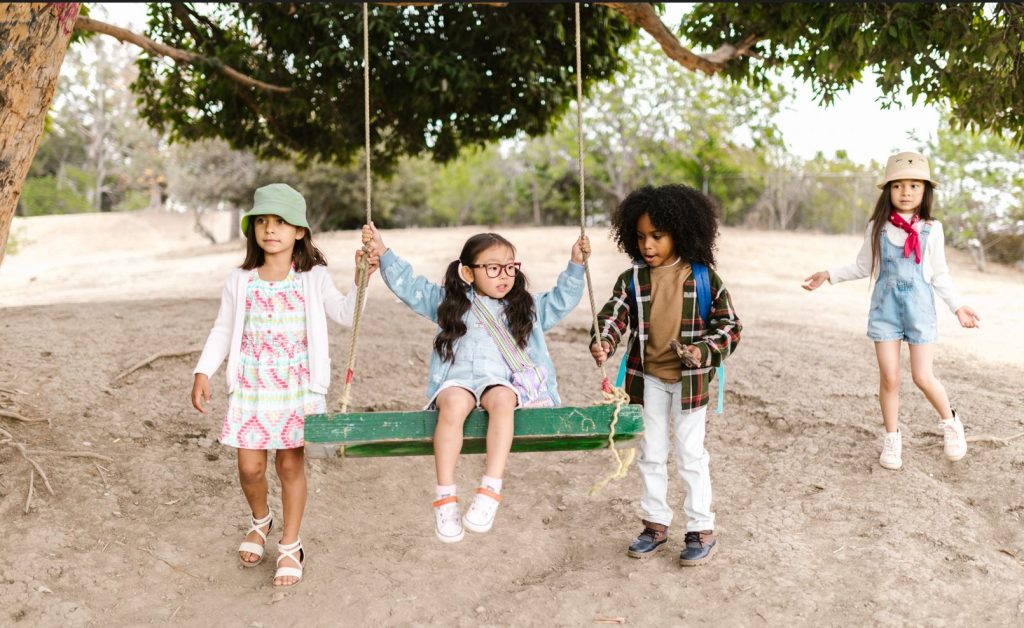Cross-Cultural Childhood Belonging and Popular Culture in the Digital Age
by Amina Ally
Often experiences of having a multicultural identity are based on adult memories of childhood rather than the direct experiences of children themselves. These are often memories of being caught between cultures, and feelings of losing a sense of belonging. There are challenges answering questions such as “where are you from”, and “who are you” where responses often rely on stable national identity categories. Popular culture can be a site to understand the nuances of interpersonal belongings, as well as the more complex politics of belonging. This becomes more visible when understandings of multicultural belonging can expand beyond stable identity categories.
‘Cross-Cultural Kids’ has been developed as a model by Van Reken & Bethel (2005) to encompass broader and more nuanced experiences associated with having a multicultural background, beyond ‘Third Culture Kid’. The term “Third Culture Kid” (TCK) originally emerged to describe children growing up between cultures due to their parents’ careers or migration. Often the emotional turmoil that comes with moving between cultures and the loss of a sense of belonging is associated with the experience of being a TCK.
Where the concept of ‘third culture kid’ relies on the notion of a stable identity developed in a ‘third’ space between cultures, the ‘cross-cultural kid’ emphasizes meaningful interaction with more than two distinct cultures. This allows for more fluid interpretations of identity which includes the experiences of migrants, children of migrants and multi-ethnic households that do not always fit neatly into pre-existing categories of multicultural belonging.
My doctoral research considers how cultural identity is negotiated by children with multicultural backgrounds, and the role popular culture plays in identity formation. Throughout my fieldwork, my own internalized narratives of migrant childhood emerged. To my surprise, when asking the research participants questions related to multicultural identity many of them were not framing their experiences as the struggle of being caught between worlds. Through this work I found that the dimensions of belonging intersect with two different definitions of popular culture in the experiences of the research participants.

Defining Belonging and Popular Culture
Engagement with popular culture has been described as a key aspect for belonging, identity formation and building family connections for migrant children. Belonging is often described across two dimensions, the emotional and the political. The emotional dimension of belonging emphasizes feelings of intimacy, of being at home and is reflected in interpersonal connections. This can speak to a feeling of belonging with family, friends, peers or community. The political dimension of belonging speaks to the discourses and dominant narratives that construct or resist forms of social and spatial inclusion/exclusion. In my current research with children growing up with multicultural backgrounds, pop culture emerged as a site to not only facilitate family and peer connections but for examining tensions between cultural identity, citizenship and belonging as well.
There have been many different approaches to defining ‘popular culture’ but here I focus on two key definitions outlined by Stuart Hall (1981). The first is the commercial definition where popular culture is defined through the cultural artifacts which are considered to be popular due to mass consumption, including books, movies, music, toys etc. (446). An alternative definition of popular culture challenges the infantilization of consumers and audiences, instead viewing popular culture as a site where power dynamics between dominant culture and dominated classes (Hall, 1981, 447).
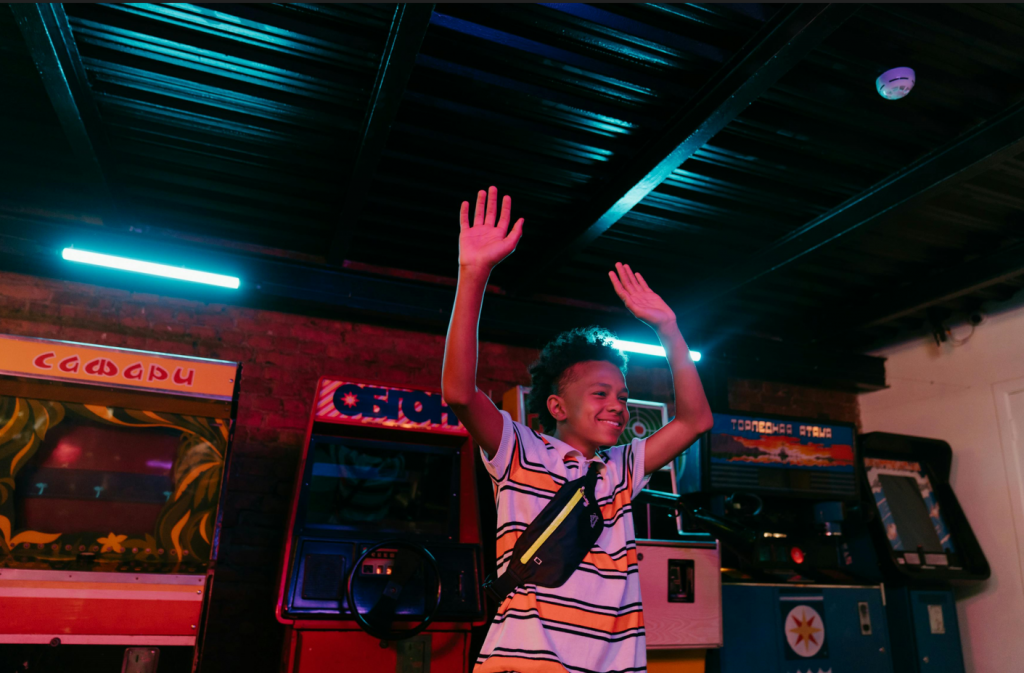
Emotional Belonging and Consumption of Popular Media
Popular culture can facilitate this emotional belonging, particularly for young people meaningfully interacting with multiple distinct cultures. The enjoyment of commercial products by the masses has often been framed through the infantilization of audiences and consumers. I have found that alternatively the enjoyment of popular culture under this definition allowed participants to connect with their friends, parents, cultural heritage and siblings.
Within the digital age, spatial and temporal border become increasingly blurred, which manifests in what kind of media is consumed by young people. I observed participants on online platforms such as TikTok and asked them about their digital practices. One participant re-posted TikTok videos describing the experience of fasting for Ramadan while living as a young person in Norway. These videos were often light-hearted and humorous depictions of negotiating cultural expectations of peers and family with their own embodied experiences.
Another participant is a self-described ‘French-American’ who has lived in Norway since the age of 5. They described feeling connected to her parents and siblings when they watched the popular American sitcom Curb Your Enthusiasm (2000-2024) as a family, which led to shared references and inside jokes. This same dynamic emerged with her closest friend at school in sharing memes on the google chat instant messaging platform to silently communicate with one another during class time. In attending an international school and having different cultural backgrounds, these memes of popular American television shows and movies were a point of connection across their cultural differences.
The Politics of Belonging and De-Constructing the Popular
Popular culture can be a site where traditional national narratives are both resisted and proliferated. In de-constructing popular culture, rather than an emphasis on cultural dynamics, the focus is on the relations between dominant class and the ‘other’ which defines popular culture through their power dynamics (Hall, 1981: 447). Post-national identity has been used as a framework to redefine what it means to belong to a nation, and represents identities formed in cultural grey zones where people belong to a culture based on diverse spaces of shared political principles (Anonsich, 2008).
The Norwegian hip-hop duo Karpe have been found to embody and encourage a post national identity marked by its fluidity through lyrics that reject categorical framings of belonging to the nation (Saetre, 2021). Karpe’s album ‘Omar Sheriff’ released in 2022 broke the record for the most streamed Norwegian album of all time. Omar Sheriff is described as diaspora pop and “a story about roots, belonging, family and upbringing, told in a seamless mix of traditions and languages”. Karpe’s music express tensions and negotiations of their experiences as racialized migrants in a Norwegian context through language, challenging dominant narratives of migration and what it means to be a Norwegian citizen.
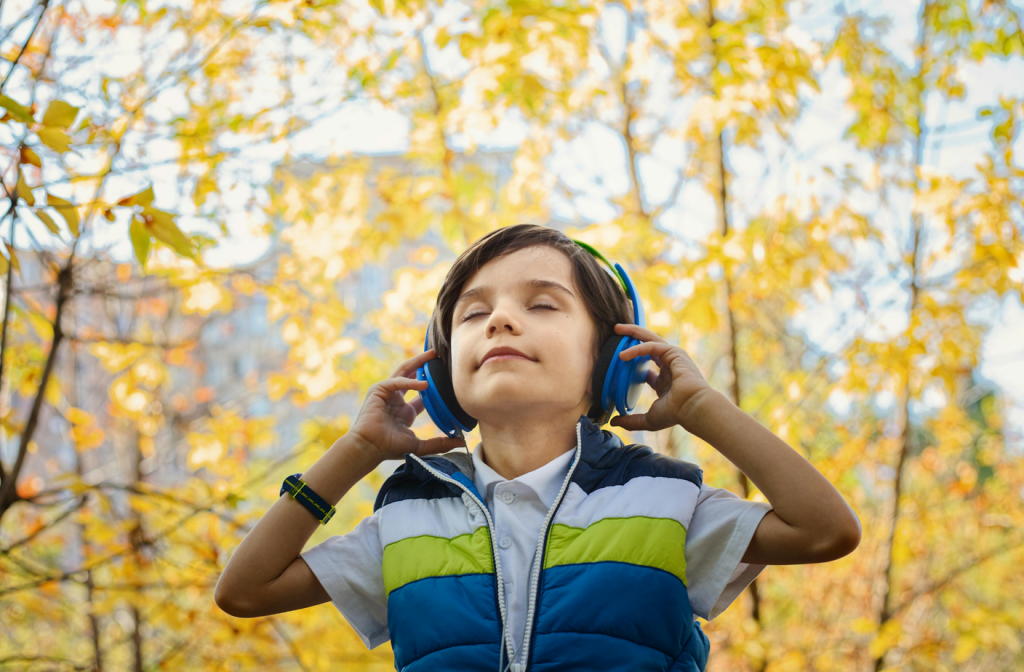
Karpe emerged in my fieldwork across both dimensions of belonging as emotional and political. When asked to choose a cultural artifact that has made the most impact on them, one 12-year-old participant who describes themselves as Brazilian and Norwegian chose Karpe as their artifact. They used one of Karpe’s song titles as their username on Discord and proudly shared with me that they were in the top 0.0001% of the rap duo’s Spotify listeners. They discovered Karpe’s music through their mother, and during our interview stated that the biggest impact Karpe had on them was how their music communicated what it’s like to come from another country while living in Norway. They shared the significance of having the opportunity to travel to Oslo with their mother and cousin to watch Karpe perform live in concert.
Another participant, who is 15 and has parents who have immigrated from Pakistan, they shared with me that they don’t consume much music from Norway – except for Karpe. In our interview they expressed the sentiment that there can be judgment and racism towards foreigners from their peers, particularly Pakistani’s. They pointed out the discrepancy between this feeling of judgement towards foreigners but many of her peers naming Karpe as their favourite artist. In discussing the impact of Karpe on racism in Norway they stated,
“They have such a big influence on the racism in Norway, it’s insane. Because that’s what people listen to. Like, I went to an entire white school. Like, we had a school ball. Entire white school. They started blasting Karpe. It’s so funny to me because like sometimes they sing in like Urdu too.”
National-popular culture and tradition has been described as a battlefield (Hall, 1981, 451), but maybe for expressions of cross-cultural childhood identity popular culture can be both a point connection for emotional belonging as well as a site to engage with power dynamics of socio-cultural and political inclusion/exclusion. What does it mean for it to be both?
Cross-Cultural Childhood Belonging in the Digital Age

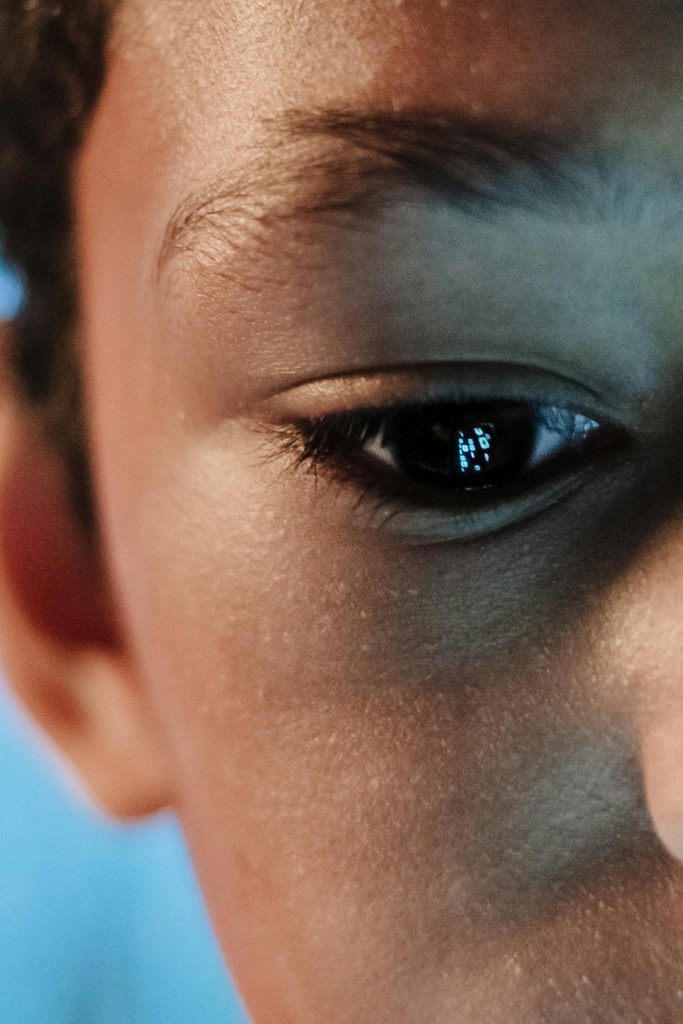
The digitally enabled child (Livingstone & Third, 2017) is one who is growing up with access to global culture through digital media. This informs who they are not just through place or family, but through what they watch, remix, and share. The digital does not only symbolically or representationally inform a cross-cultural experience, but social shifts such as a rise in remote working facilitated by digital technologies may mean a larger demographic of young people with cross-cultural experiences.
These cross-cultural experiences of the digitally enabled child will not be informed by migrating between cultures, but rather meaningful interactions with cultures where geographic location is entangled with complex national identities, traditions, languages and cultural expressions. The emphasis is not in what happens in between cultures, but what happens in the meeting – or the crossing of cultures. As seen with Karpe, popular culture can create spaces where people are able to cross cultures, to see what is possible at the site of this crossing and re-imagine a belonging which doesn’t require one to stabilize a fluid identity made up of a multiplicity of cultural differences.
Author’s bio
Amina Ally is a PhD Candidate specializing in childhood studies in the Department of Education and Lifelong Learning at NTNU, where she is a member of the Critical Child and Youth studies, and TransLit: Sustainable Ethics, Affects, and Pedagogies research groups. Her doctoral research examines how children with multicultural identities construct a sense of self, belonging and citizenship in a digitally mediated and globalizing world
Bibliography
Antonsich, M. (2008). The Narration of Europe in ‘National’ and ‘Post-national’ Terms: Gauging the Gap between Normative Discourses and People’s Views, European Journal of Social Theory 11 (4), 505-522.
Hall, S. (1981). People’s history and socialist theory, Notes on deconstructing ‘the Popular’. London: Taylor & Francis. 442-454.
Livingstone, S., & Third, A. (2017). Children and young people’s rights in the digital age: An emerging agenda. New Media & Society, 19(5), 657-670. https://doi.org/10.1177/1461444816686318 (Original work published 2017)
Saetre, J. (2022), Nationhood, identity and subcultures: A case study of the Norwegian rap duo Karpe, Global Hip Hop Studies 2(1), 55-73.
Van Reken, R., & Bethel, P. M. (2005). Third-culture kids: Prototypes for understanding other cross-cultural kids














